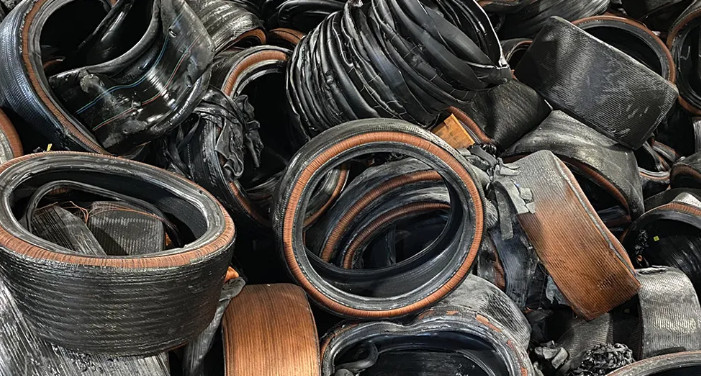views
In this environmentally conscious world, the automotive industry has been constantly seeking innovative ways to reduce carbon footprints and promote sustainability. A key solution offered in the rubber product recycling operation is waste conversion into useful materials that can then be used to manufacture automotive rubber products. This approach not only addresses environmental concerns but also offers economic benefits, making it a win-win for manufacturers, consumers, and the planet.

The Growing Problem of Rubber Waste
Rubber waste piles up at a rapid rate because of the wide application of rubber in several industries. Worn-out tires and industrial rubber parts, scrap rubber from abandoned rubber footwear, and rubber seals- all these amount to rubber waste, which poses tremendous environmental challenges. Rubber waste, if thrown around, can lead to soil and water pollution, calls for health hazards from microplastics, and such toxic chemicals to leach into the environment.
However, industry leaders are seeing rubber waste's potential as a valuable resource rather than seeing it as a disposal issue. Rubber product recycling is a practical strategy for reducing environmental damage and preserving natural resources.
The Process of Recycling Rubber
Recycling rubber involves transforming waste rubber into usable materials through various processes:
Production of Crumb Rubber: Waste tires are shredded into crumb sizes that are used for all sorts of applications. The process involves grinding tires into a fine powder, removing steel and fiber reinforcements, and producing a raw material of great versatility.
Devulcanization: This treatment disassembles sulfur cross-links in vulcanized rubber and returns some flexibility to it, so it can be further processed into new rubber goods.
Chemical and Mechanical Recycling: The two are methods of processing rubber through chemical treatment or mechanical grinding to form various grades of recycled rubber for use in selected applications.
After being processed, such recycled rubber can then be put to use in manufacturing new products, thereby lessening the demand for virgin rubber and its consequent negative environmental impact.
Recycled Rubber in Automotive Applications
The automotive industry is a major consumer of rubber-based products, and the use of recycled rubber is hence slowly being ushered into this sector. Some of the applications of recycled rubber products in automobiles are as follows:
1. Automotive Rubber Products
A vast range of Automotive rubber products is produced from recycled rubber, including seals, gaskets, vibration dampers, and bushes. This ensures the safety, comfort, and durability of vehicles. The use of recycled rubber in these automotive goods allows automotive companies to maintain their sustainability objectives while satisfying quality needs.
2. Tire Manufacturing
Not all tires are manufactured with recycled rubber; however, many manufacturers use various quantities of crumb rubber while making new tires to increase environmental benefits without compromising the product's performance standards. Rubber in tires is said to be recycled when it improves certain tire properties such as traction, wear resistance, can capacity for fuel efficiency.
3. Underbody and Insulation Components
Recycled rubber is also used in underbody mats, vibration-absorbing soundproofing, and insulating applications within vehicles. Because rubber blocks vibration and insulates by nature, recycled rubber serves as an ideal material for such parts.
Benefits of Recycling Rubber for Automotive Use
The integration of recycled rubber products into automotive manufacturing offers numerous benefits:
Reduction in Environmental Impact: By recycling rubber, landfill waste is reduced while the extraction activities for raw materials are also cut down, saving a bit of nature.
Cost Advantage: Recycling rubber would allow for a decrease in production costs, as even disposal expenses are lower compared to virgin rubber.
Performance & Durability: Far advanced recycling techniques today ensure that recycle rubber products satisfy strict quality standards and perform satisfactorily under rigorous automotive applications.
Sustainability Goals: By sourcing recycled rubber, organizations fulfill their CSR obligations and meet set regulations aiming at environmental reduction.
Embracing recycling not only benefits the planet but also drives innovation and resilience within the automotive sector.



Comments
0 comment